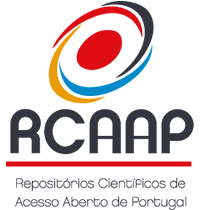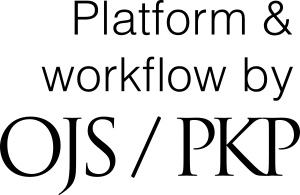Submissions
Submission Preparation Checklist
As part of the submission process, authors are required to check off their submission's compliance with all of the following items, and submissions may be returned to authors that do not adhere to these guidelines.- The submission has not been previously published, nor is it before another journal for consideration (or an explanation has been provided in Comments to the Editor).
- Microsoft Word template of Scientific Letters (https://publicacoes.cespu.pt/ficheiros/2025.01.10_Scientific_letters_template.docx) is used to prepare the manuscript; employs italics, rather than underlining (except with URL addresses); and all illustrations, figures, and tables are placed within the text at the appropriate points, rather than at the end.
- The manuscript strictly adheres to the journal's template, formatting (e.g., font type and size), and referencing style. Non-compliance will result in the manuscript being returned to the authors without review.
- The manuscript is submitted in Microsoft Word format, not in PDF.
- In the cover letter, contact of at least 3 suitable reviewers has been included for the revision process, and, if any, up to 3 reviewers to be excluded from reviewing.
- Supplementary material, if any, is provided as a separate single file and uploaded as ‘Supplementary Material.
Copyright Notice
In Scientific Letters, articles are published under a CC-BY license (Creative Commons Attribution 4.0 International License), the most open license available. The users can share (copy and redistribute the material in any medium or format) and adapt (remix, transform, and build upon the material for any purpose, even commercially), as long as they give appropriate credit, provide a link to the license, and indicate if changes were made (read the full text of the license terms and conditions of use).
The author is the owner of the copyright.
Privacy Statement
The names and email addresses entered in this journal site will be used exclusively for the stated purposes of this journal and will not be made available for any other purpose or to any other party.








